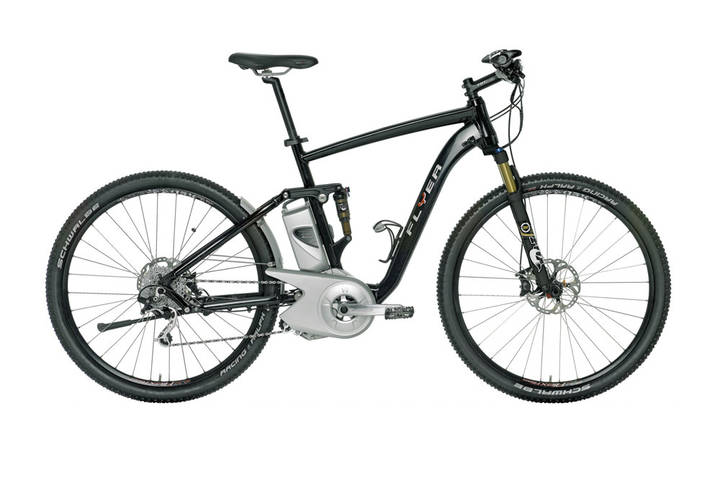steve_sordy
Wedding Crasher
Hi, Newbie to emtb here!
I have been riding mtbs for over ten years and I have always found the best recipe for tyres was grippy up front, less grippy at the rear. This to ensure that when cornering, it was always the back that gave way first, and that the rolling resistance was improved Is this not the way with emtbs?
Other heresies:
Why does bike weight no longer matter on an eBike?
Why is it that the more travel the better (as in "it will always come in handy") seems to ignore bike geometry when considering eBikes? For example, 170mm travel bikes are not that great at twisty XC.
I can't help thinking "ye canna beat the laws o' physics Cap'n!"
Please don't berate me with all the eBikes you know that conform to the "usual" rules, I'm talking about the general heard here! There must be a grain of truth in the above, or I wouldn't keep seeing the evidence.
I have been riding mtbs for over ten years and I have always found the best recipe for tyres was grippy up front, less grippy at the rear. This to ensure that when cornering, it was always the back that gave way first, and that the rolling resistance was improved Is this not the way with emtbs?
Other heresies:
Why does bike weight no longer matter on an eBike?
Why is it that the more travel the better (as in "it will always come in handy") seems to ignore bike geometry when considering eBikes? For example, 170mm travel bikes are not that great at twisty XC.
I can't help thinking "ye canna beat the laws o' physics Cap'n!"
Please don't berate me with all the eBikes you know that conform to the "usual" rules, I'm talking about the general heard here! There must be a grain of truth in the above, or I wouldn't keep seeing the evidence.

